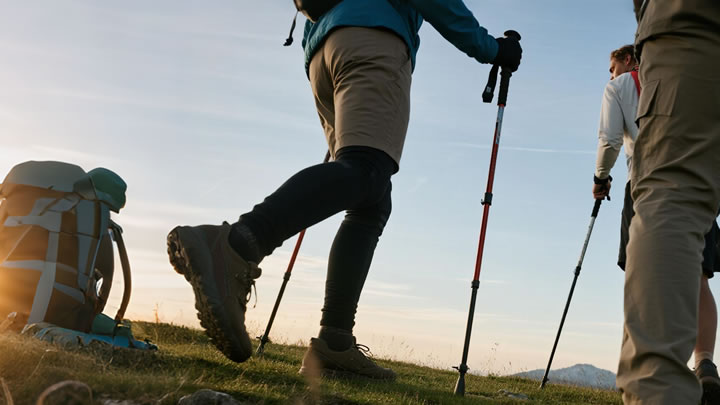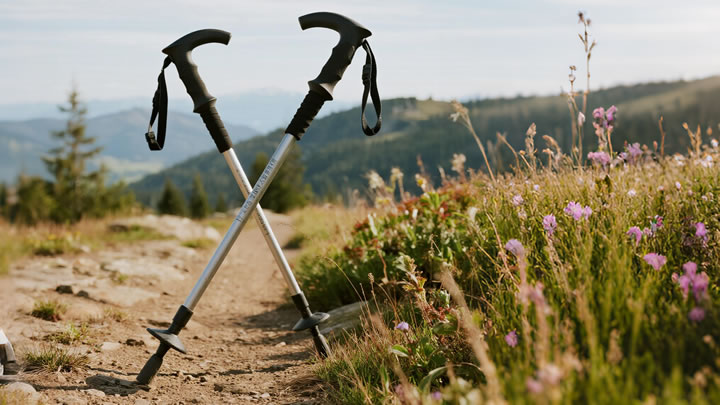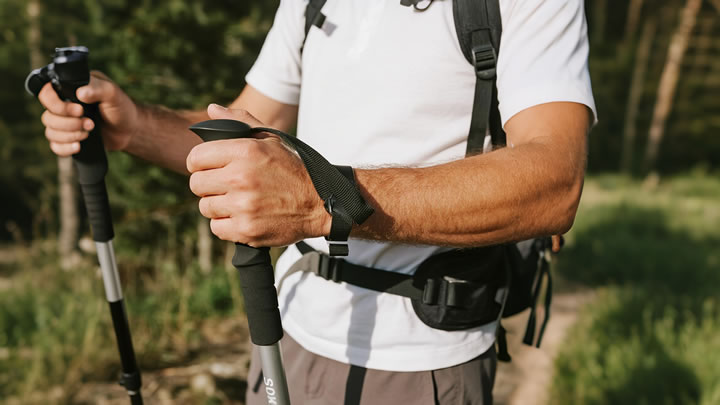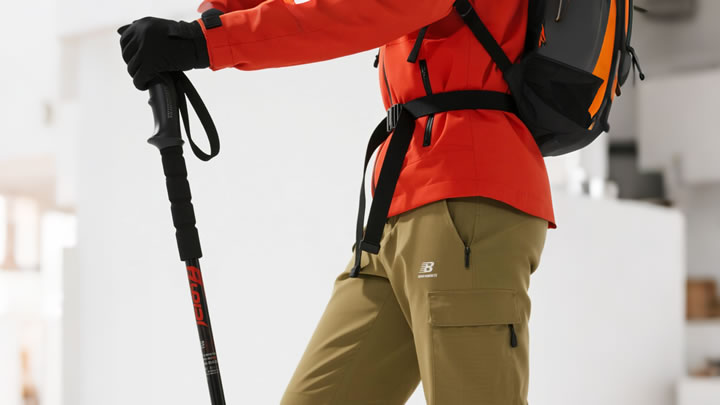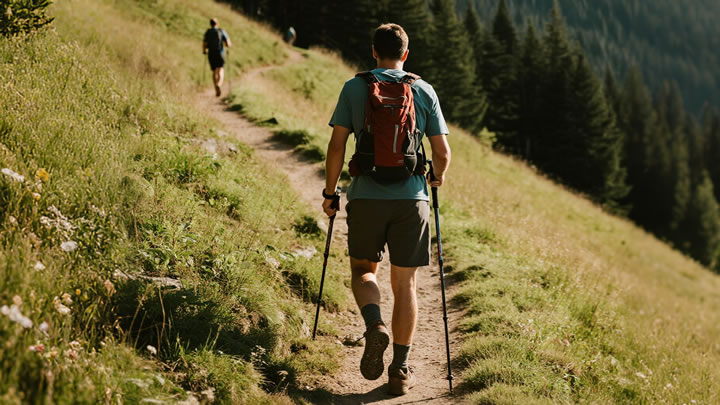How much should I spend on good trekking poles?
Friday, July 25, 2025
Investing in trekking poles boosts stability, reduces joint impact by 20–30%, and prevents falls—but price doesn’t always equal performance. Here’s how to optimize your budget for durability, safety, and terrain versatility.
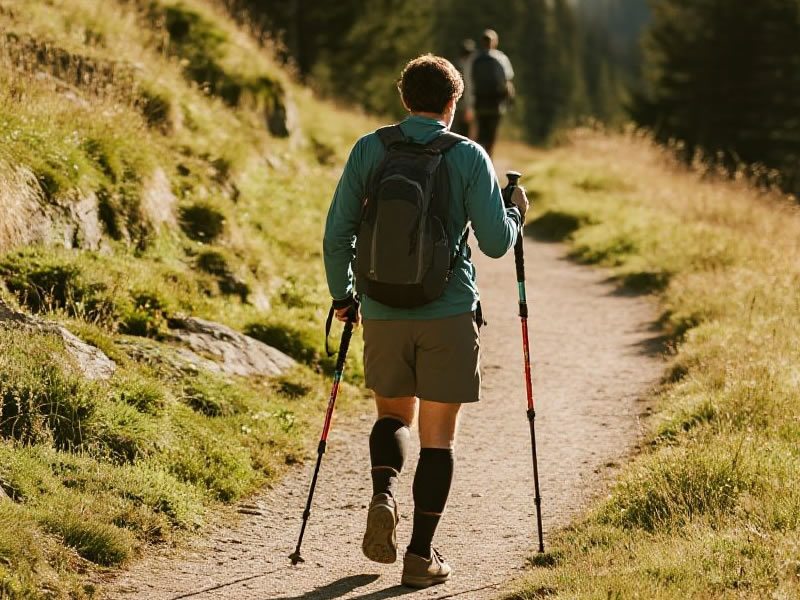
🏷️ Price Tiers Decoded
| Range | What You Get | Best For |
|---|---|---|
| $20–$40 | Basic aluminum shafts, twist locks, foam grips, non-replaceable tips. Prone to slippage, breakage, and corrosion. | Rare day hikers; flat urban trails. |
| $50–$90 | (SWEET SPOT) Lightweight aluminum/carbon hybrids, flick locks, cork/ergo grips, replaceable carbide tips, shock absorption. Brands: Komperdell, Cascade Mountain Tech. | 90% of hikers: weekend warriors to thru-hikers. |
| $100–$180 | Premium carbon fiber, ultralight (180–250g/pole), advanced locks (e.g., Leki Speed Lock), vibration damping, modular baskets. Brands: Black Diamond, Leki. | Alpine climbers, ultralight backpackers, frequent technical terrain. |
| $200+ | Expedition-grade carbon, custom adjustability, ice axe adapters, superlative weight-to-strength ratio. Overkill for most. | Mountaineering, ski touring, professional guides. |
🔍 5 Non-Negotiables Worth Paying For
- Locking Mechanism:Avoid: Twist locks (jam when dirty/wet).Prioritize: Flick/Fold locks (lever-style) – reliable one-handed adjustment.
- Replaceable Tips:Carbide tips ($10–$20 replacements) outlast poles. Non-replaceable = disposable gear.
- Grip Material:Cork: Molds to hands, sweat-resistant.Rubber: Dampens vibration (ideal for cold).Avoid: Basic foam (disintegrates).
- Warranty:Lifetime warranties (Black Diamond, REI Co-op) signal quality. Cheap poles lack support.
- Weight:250g/pole causes fatigue. Target 200–240g (aluminum) or 150–190g (carbon).
💸 Cost-Per-Hike Analysis: Why $70 Poles Beat $30 Poles
- Cheap Pole Reality:Last 1–2 seasons before locks fail/tips wear.Slippage risks falls on rocky descents.Heavy = 15% more energy expended.
- Mid-Range Advantage:5–10 year lifespan with tip replacements.Reliable locks prevent trail adjustments.Save $ long-term vs. replacing budget pairs.
⚠️ When to Splurge (and When to Save)
- Worth Upgrading If:Hiking >15 days/year or carrying >25lb packs.Tackling scree, ice, or steep elevation.Managing joint issues (knees/shoulders).
- Save If:Casual summer trail use (<10 hikes/year).Walking mostly flat, packed terrain.
🧪 Real-World Testing Insights
- $35 Poles: Failed flick locks during rain (Colorado Trail).
- $75 Poles: Lasted 1,200+ miles (PCT section hike) with one tip replacement.
- $150 Poles: Survived 4+ years of Iceland/Alps abuse; 30% lighter load fatigue.
✅ Smart Buying Strategies
- Wait for Sales: REI Outlet, Backcountry, Moosejaw discount premium poles 20–40%.
- Prioritize Replaceable Parts: Tip/basket kits cost less than new poles.
- Test Before Buying: REI’s return policy lets you field-test poles.
- Skip "Features": Anti-shock springs add weight/complexity without proven benefits.
The Verdict: $60–$90 Delivers Maximum Value
For most hikers, $70 poles strike the ideal balance: durable enough for rugged trails, lightweight for endurance, and feature-rich for safety. Spending less risks failure when stakes are high; spending more offers diminishing returns unless tackling extreme terrain.
Pro Tip: Allocate 1/3 of your boot budget to poles. Your legs carry the weight—your poles save them.

